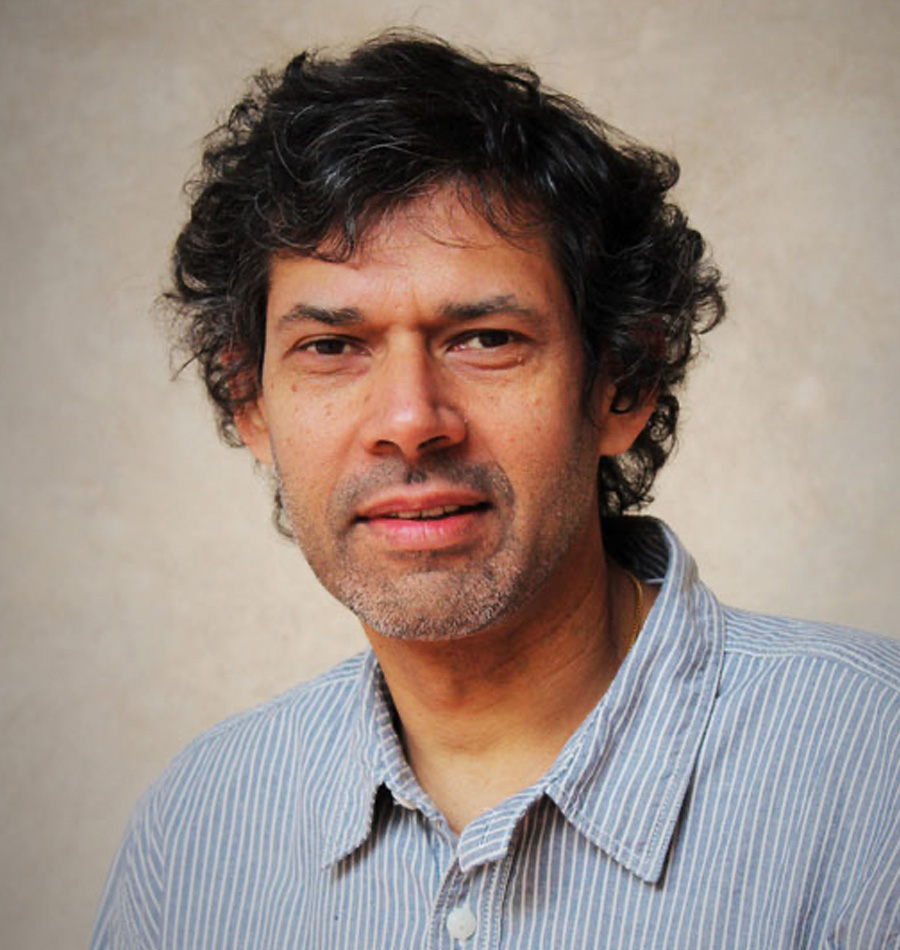Sudhanshu Handa
Sudhanshu recently returned from a post as Chief of Social & Economic Policy at UNICEF’s Office of Research-Innocenti, Florence, Italy. At UNICEF he led the Innocenti Report Card Series, UNICEF’s flagship publication on the well-being of children in rich countries. The 2014 Report Card, which Handa led, focused on the impact of the great recession on child poverty, and was featured in over 100 major media outlets across the globe, including the Washington Post, Financial Times, The Guardian, Republica, El Pais, AP, and Rueters. The current Report Card, launched in March 2016, tracked bottom-end inequality among children in 41 rich countries over time, measured through children’s health, education and income.
While at Innocenti, Sudhanshu was actively engaged in CPC activities. Three CPC pre-doctoral fellows and four CPC faculty Fellows, Adair, Angeles, Barrington, and Harris, visited Innocenti in 2013-14 for workshops and research collaboration. He also continued to actively manage his CPC-based grant portfolio as Principal Investigator on the Transfer Project. A collaboration between CPC, UNICEF, FAO and Save the Children, the Transfer Project is a multi-country research initiative to study the impact of national cash transfer programs on poverty and human development. Through the Transfer Project, Handa has led large-scale multi-year evaluations of national cash transfer programs in Kenya, Ghana, Zimbabwe, Zambia, and Malawi, where the latter three studies are on-going.
The Transfer Project evaluation of the Kenya Cash Transfer for Orphans & Vulnerable Children, a CPC-based project partially funded by an NIMH R01, is the first study to examine the impact of a government poverty program on HIV behavioral risk. This work have been featured in a high-level briefing paper published by the Inter-Agency Task Team on HIV Prevention & Social Protection, led by UNAIDS, UNICEF and the World Bank.
Similar studies that examine the HIV prevention aspects of national poverty programs are being led by Handa in Zambia, Malawi and Zimbabwe and results appeared in 2015 and 2016.
The Transfer Project evaluations also collect rich data on household demographic change, fertility, migration, human capital, schooling, health, nutrition, poverty, consumption, food security, and preferences and psychology of decision-making, time and risk preference, mental health, subjective risk assessment, and subjective well-being. These data sets provide a wealth of data to explore population-related questions, and all are set within the context of a rigorous, usually RCT, impact evaluation that allows ready identification of ‘income shocks’ -the cash transfer- on these outcomes.
Beyond the cash transfer, because the data are longitudinal, typically involving three waves of data, with large sample sizes, ~3000 households, 15,000 individuals, they are a rich source of high quality longitudinal data to support analyses on the determinants of family structure, human development and behavioral psychology among poor rural populations in Africa.
While these projects are ongoing, some results have been published. In Kenya, the cash transfers significantly increases household consumption and tilts the pattern of expenditures towards health spending and protein-rich foods. The Kenya cash transfers also significantly increased secondary school enrollment rates. In Malawi, the national social cash transfer program significantly improves the health status of older children, while in Zambia the government’s main poverty alleviation program reduced extreme poverty by 10% and significantly increased the use of productive inputs such as fertilizer and improved seeds.
Handa was recently awarded a five-year grant, R01ES023861, from the NIEHS to study the health and poverty impacts of a private sector cook stove company, Inyenyeri, operating in Western Rwanda. This project is highly inter-disciplinary and includes intensive measurement of indoor air pollution through personal air pollution measurements among 180 cooks, as well as area air monitoring and a full household socioeconomic survey among 1500 households at baseline and follow-up. The identification strategy is household randomized control trial. This study is the first cook stove intervention that evaluates a truly scalable approach to addressing clean air. Initial results will appeared in late 2016 with final results published in 2018.

